Wolf's Lair - Wolfsschanze
11-400 Kętrzyn
Description
Most of them are related to the Second World War, because it was in their area during the bloodiest war in the history of mankind that decisions that have a direct impact on the fate of the world were made.
It was from their swampy, covered with lush deciduous vegetation of the heart for over 3 years (in the period from June 24, 1941 to November 20, 1944) orders were issued by a man who killed about 50 million people. Adolf Hitler, because of him, it is no coincidence that he chose the place located about 8 km from Kętrzyn for his main headquarters. Not only was it perfectly protected and by the natural conditions (marshes, forests, lakes) and by a series of fortified man-made arms, it was still near the Soviet border, which the Führer planned to move into the Asian continent. This is suggested by Hitler himself, the name "Wolfsschanze" - Wilczy Szaniec, a terrestrial field fortification, which is the seat of Wilk (the name of the commander since 1919) from which the Thousand-year Greater German Reich was to dominate the world.
Located close to the village of Gierłoż, the plot extended over 250 ha and was excellently protected not only by defensive structures (among others: continuous ground-to-air patrols, barbed wire, minefields, observation towers, ckm posts, bunkers, Bruno rollers, two meters high mesh topped with barbed wire), but also masking (eg: wire mesh with pieces of plastic spread over all roads, covered with vegetation and artificial soil filled with artificial trees located on the roofs of bunkers, covering mortar buildings consisting of, among others, sea grass and green paint). Wilczy Szaniec was a modern real-world command center that would not be ashamed of any of the modern powers. Nearly 36 million marks were issued for its construction, which guaranteed Hitler not only a high standard of living, but also complete protection against allies and soviets. The headquarters had access to electricity, water, telephone and radio connections with Berlin, car, air and rail transport. It was equipped with power generators and all kinds of batteries, sewage sludge, central heating and food warehouses. There were about 200 buildings on its premises, of which 80 were built of brick and concrete (the most reliable shelters were protected by 8-meter thick ceilings and walls of 4-6 meters).
The housing complex included, among others: 2 airports, 2 teletype switchboards, heating plant, railway station, power plant, tea room, sauna, ammunition warehouses, air conditioning equipment, waterworks. In the Hitler's headquarters, over 2,100 people were permanently employed, not only military, but also civilian employees who took care of every aspect of the life of their leader, who spent about 850 days of war turmoil at Wilczy Szańcu. During one of them, July 20, 1944, as a result of the unsuccessful Operation Valkyrie, commanded by Colonel Claus von Stauffenberg, he was slightly injured.
The remnants of concrete structures have survived to the present times, which despite the passage of years and the destructive activity of man and admonishing himself for its natural areas, make an electrifying impression on the visitors. Anyone who visits this place accomplishes what the Allied and Soviet intelligence did not accomplish during the entire World War II: he meets one of the secrets of the Masurian forests, which are the remains of the Wilczy Szańcu, where Hitler made his most vicious decisions.
Photos courtesy: Touristic Information Point in Kętrzyn http://www.it.ketrzyn.pl/
.
Location
, 11-400 Kętrzyn



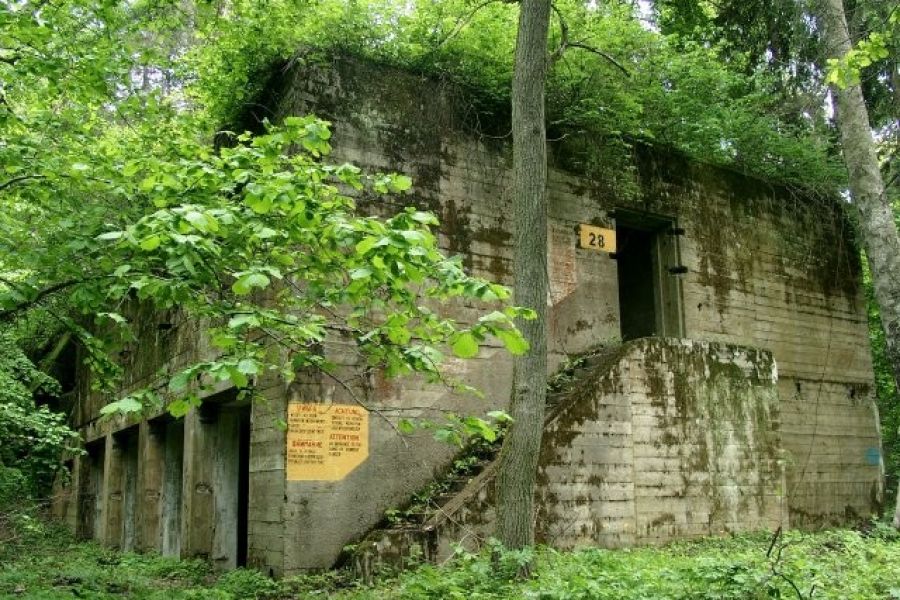
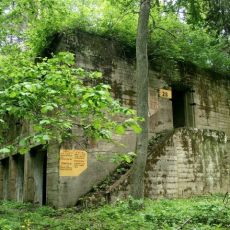
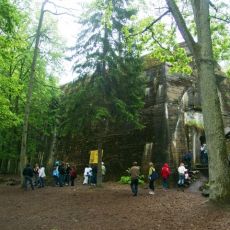
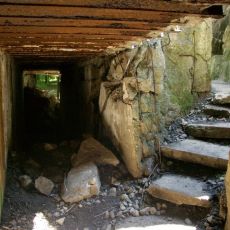
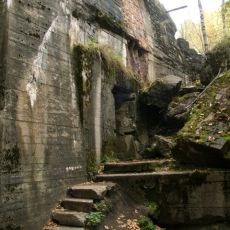
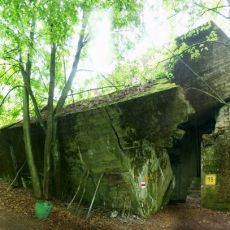
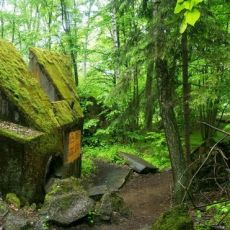
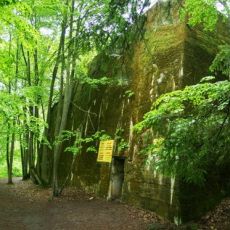
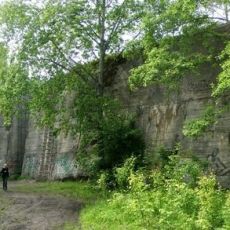

Comments
comments powered by Disqus